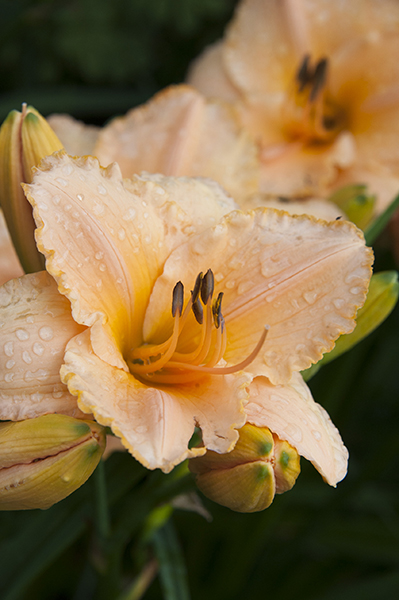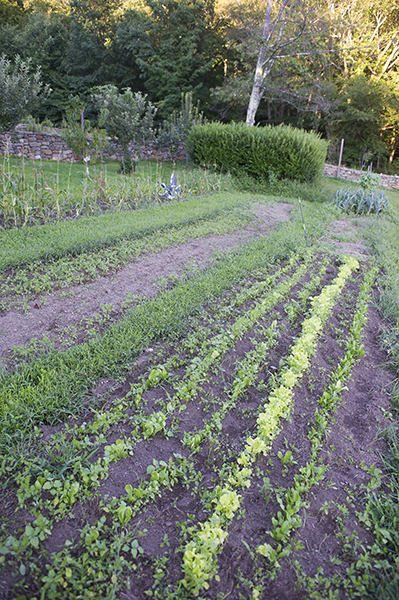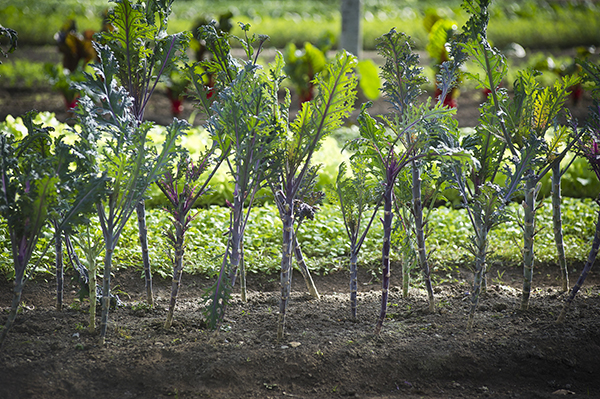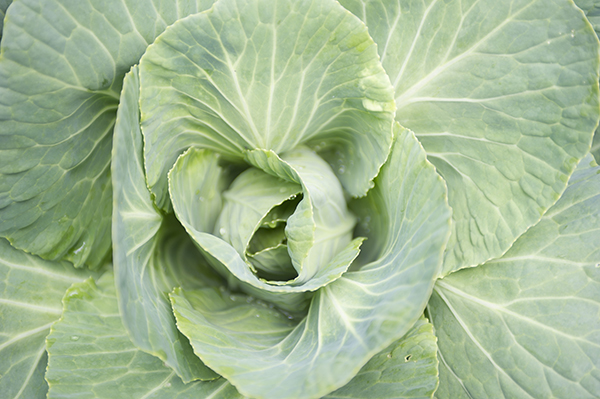Gardening is a rewarding and therapeutic activity that allows us to connect with nature and create beautiful spaces around our homes. In recent years, sustainable gardening has become increasingly popular, as more people are interested in reducing their environmental impact and promoting a healthy ecosystem. This comprehensive guide will explore 10 sustainable gardening techniques that can help you enhance your garden’s health and beauty while minimizing your ecological footprint. By incorporating these practices, you will not only create a thriving, gorgeous garden but also contribute positively to the environment.
Composting And Using Organic Matter To Improve Soil Health
Healthy soil is the foundation of a thriving garden, and one of the best ways to improve soil health is by adding organic matter through composting. Composting involves decomposing organic waste, such as kitchen scraps, yard trimmings, and leaves, into nutrient-rich humus. This humus improves soil structure, retains moisture, and provides essential nutrients to plants. Start by creating a compost pile or bin in your garden and regularly add organic waste. Turn the pile occasionally to aerate it and speed up decomposition. Once the compost is ready, incorporate it into your garden beds to boost fertility and support plant growth.
Rainwater Harvesting And Efficient Irrigation Methods
Water conservation is a crucial aspect of sustainable gardening. Rainwater harvesting involves collecting and storing rainwater for use in your garden, reducing reliance on municipal water sources. Install rain barrels or a rainwater collection system to capture water from your roof or other surfaces. Use this harvested water to irrigate your plants, saving resources and reducing your water bill. Additionally, adopt efficient irrigation methods like drip irrigation, soaker hoses, or hand-watering to minimize water waste and deliver water directly to the plants’ roots.
Planting Native Species And Promoting Local Biodiversity

Incorporating native plants into your garden is an excellent way to support local ecosystems and create a low-maintenance, resilient garden. Native plants are adapted to local conditions, require less water and fewer resources, and provide essential habitat and food sources for native wildlife. Research plants native to your region and choose species that complement your garden’s design and requirements. By planting native species, you contribute to biodiversity conservation and create a healthier, more sustainable garden. Keep track of all your native plants by inputting them into your gardening journal found in the Garden Manager.
Incorporating Pollinator-Friendly Plants To Support Bees And Butterflies

Pollinators, such as bees, butterflies, and other insects, play a critical role in maintaining our food supply and promoting biodiversity. Many pollinator populations are in decline due to habitat loss, pesticide exposure, and climate change. Planting a variety of pollinator-friendly flowers, herbs, and shrubs in your garden can provide food and shelter for these essential creatures. Choose plants with different bloom times to offer a continuous food source throughout the growing season. Examples of pollinator-friendly plants include coneflowers, lavender, bee balm, and milkweed.
Using Organic Pest Control Methods Instead Of Chemical Pesticides
Chemical pesticides can harm beneficial insects, pollinators, and the environment. Adopt organic pest control methods to manage pests in your garden while minimizing negative impacts. Introduce beneficial insects, such as ladybugs and lacewings, to control pests naturally. Utilize physical barriers, like row covers, to protect plants from insects and wildlife. Plant aromatic herbs and flowers, such as marigolds, chives, or garlic, to repel pests through companion planting. When necessary, use organic, eco-friendly pesticides as a last resort and follow label instructions carefully.

Creating A Wildlife-Friendly Garden To Encourage A Balanced Ecosystem
A wildlife-friendly garden is a diverse, thriving ecosystem that supports various species, from birds and pollinators to amphibians and small mammals. Provide habitat elements like birdhouses and nesting boxes, bird baths, and water features to attract birds and other wildlife. Create a “wild” corner with a small pond, log pile, or rockery to encourage beneficial insects, amphibians, and reptiles. Plant a variety of trees, shrubs, and flowering plants to provide shelter and food for different species. By promoting a balanced ecosystem, you’ll foster a healthier, more resilient garden.
Practicing Crop Rotation And Companion Planting For Healthier Vegetable Gardens
Crop rotation and companion planting are essential sustainable gardening techniques for vegetable gardens. Crop rotation involves changing the location of specific plant families each year to prevent the build-up of soil-borne diseases and pests. This practice helps maintain soil fertility and promotes healthier, more productive plants. Companion planting involves growing plants that benefit each other, such as repelling pests, attracting beneficial insects, or improving soil nutrients. The best way to practice crop rotation before committing trowel to soil is to utilize an online garden planner. By implementing these techniques, you can reduce the need for chemical inputs and foster a more self-sustaining garden.

Reducing The Use Of Single-Use Plastics In The Garden
Plastic waste is a significant environmental concern, and reducing the use of single-use plastics in your garden can contribute to a more sustainable lifestyle. Opt for biodegradable pots, plant markers, and mulch materials, like coir or paper-based products. Reuse containers, such as yogurt tubs or glass jars, for seed starting or storage. Choose tools and equipment made from durable, eco-friendly materials to minimize waste and reduce your garden’s plastic footprint.
Utilizing Vertical Gardening Techniques To Maximize Space And Reduce Resource Consumption
Vertical gardening is an innovative, space-saving technique that involves growing plants on vertical surfaces or structures, such as walls, trellises, or hanging planters. This method is ideal for small gardens, balconies, or urban spaces with limited ground area. Vertical gardening can help reduce resource consumption by optimizing space, improving air circulation, and facilitating easier plant maintenance. Plant a variety of climbing or cascading plants, such as beans, peas, cucumbers, or trailing flowers, to create an attractive, productive vertical garden.
Repurposing And Upcycling Materials For Garden Projects And Decorations
Sustainable gardening is all about resourcefulness and creativity. Repurposing and upcycling materials for garden projects can reduce waste, save money, and add unique, personal touches to your garden. Use reclaimed wood or pallets to build raised beds, planters, or garden furniture. Transform old containers or items, like teacups, boots, or colanders, into quirky planters. Get creative with garden art, using discarded materials like metal scraps, glass, or ceramics. The possibilities are endless, and your sustainable garden will be as beautiful as it is eco-friendly.
In conclusion, implementing sustainable gardening techniques is a rewarding way to contribute to environmental conservation and create a healthier, more vibrant garden. By focusing on practices such as composting, water conservation, planting native species, and reducing waste, you can make a positive impact on your local ecosystem while enjoying the benefits of a thriving, beautiful garden. Start incorporating these techniques into your gardening routine today and witness the transformative effects on both your garden and the environment.











